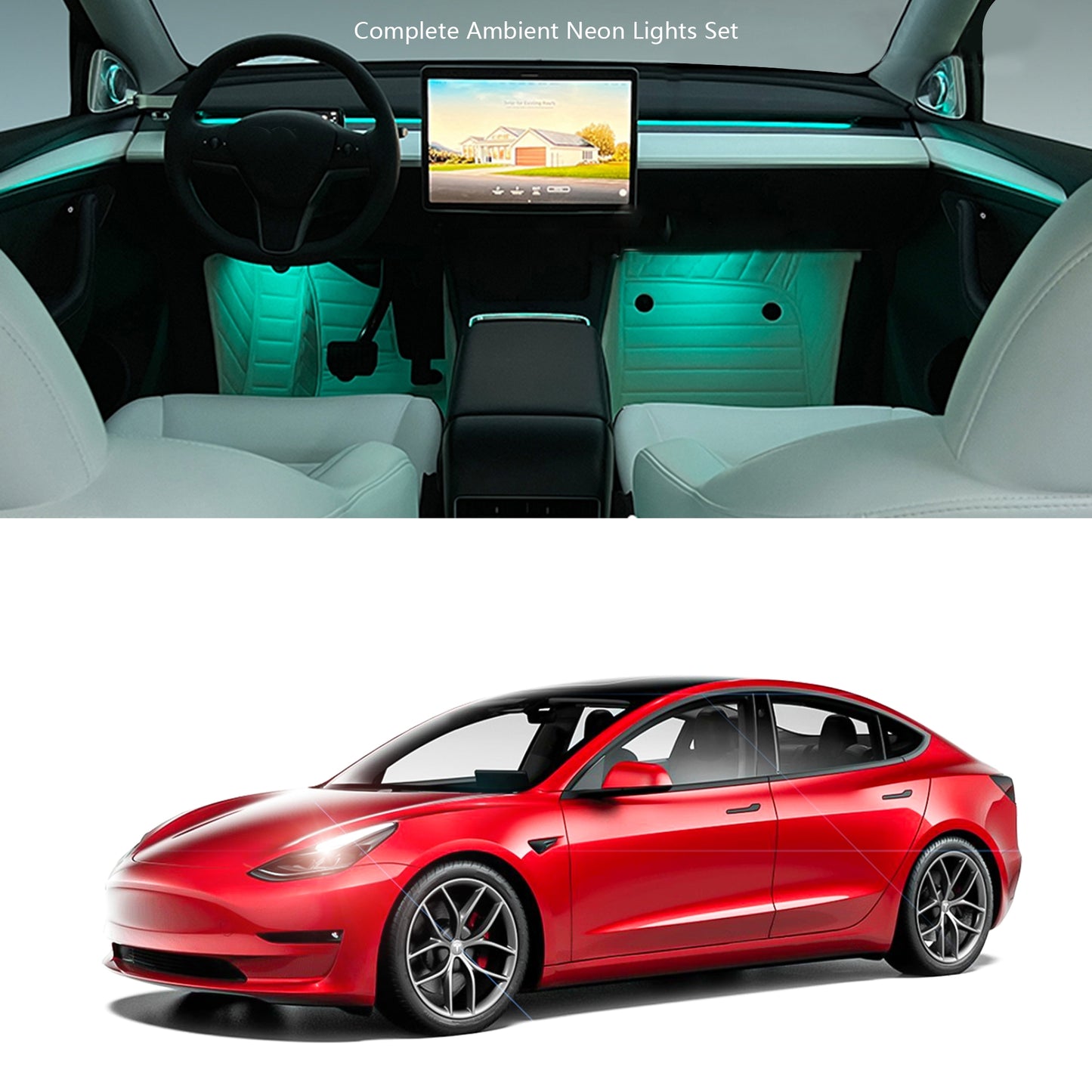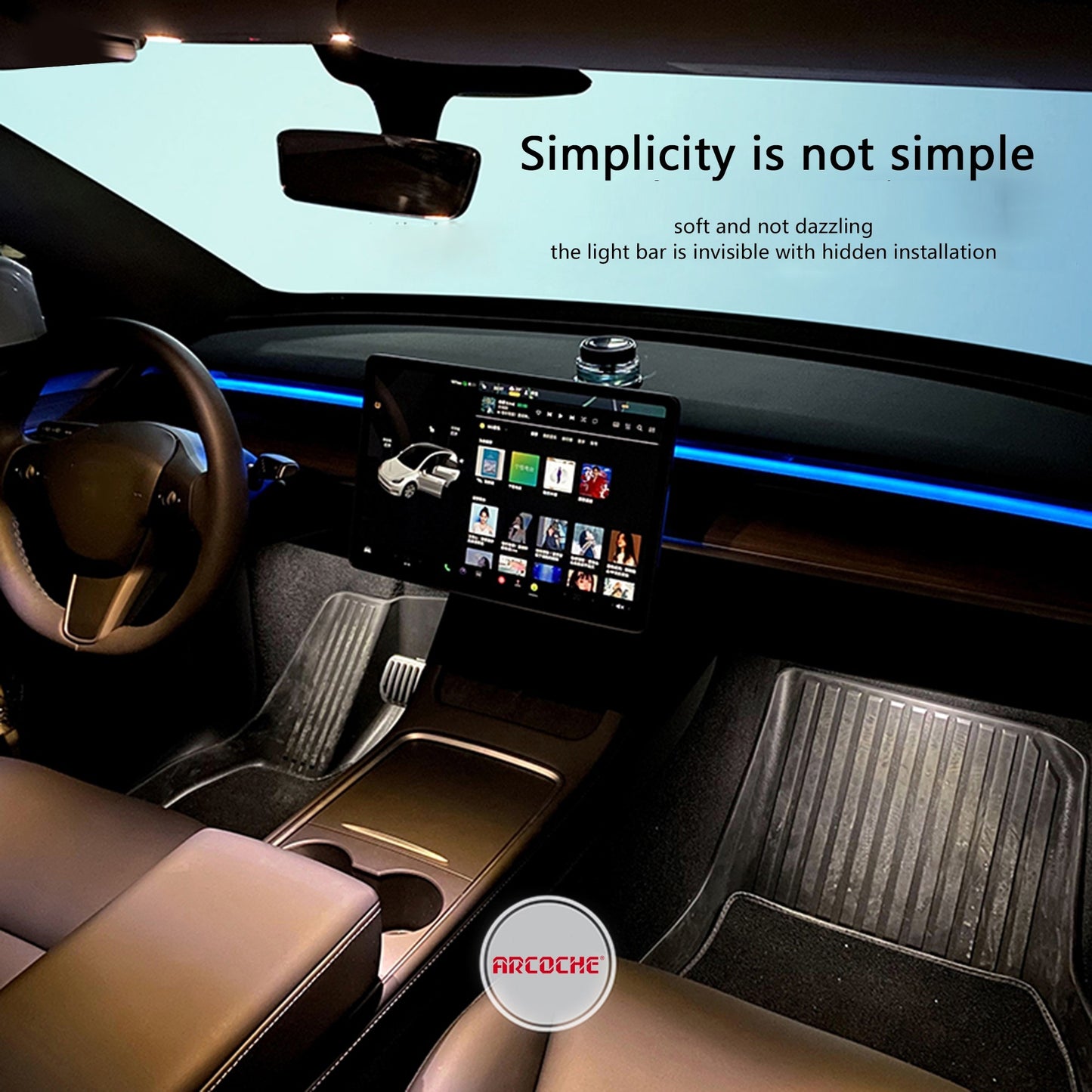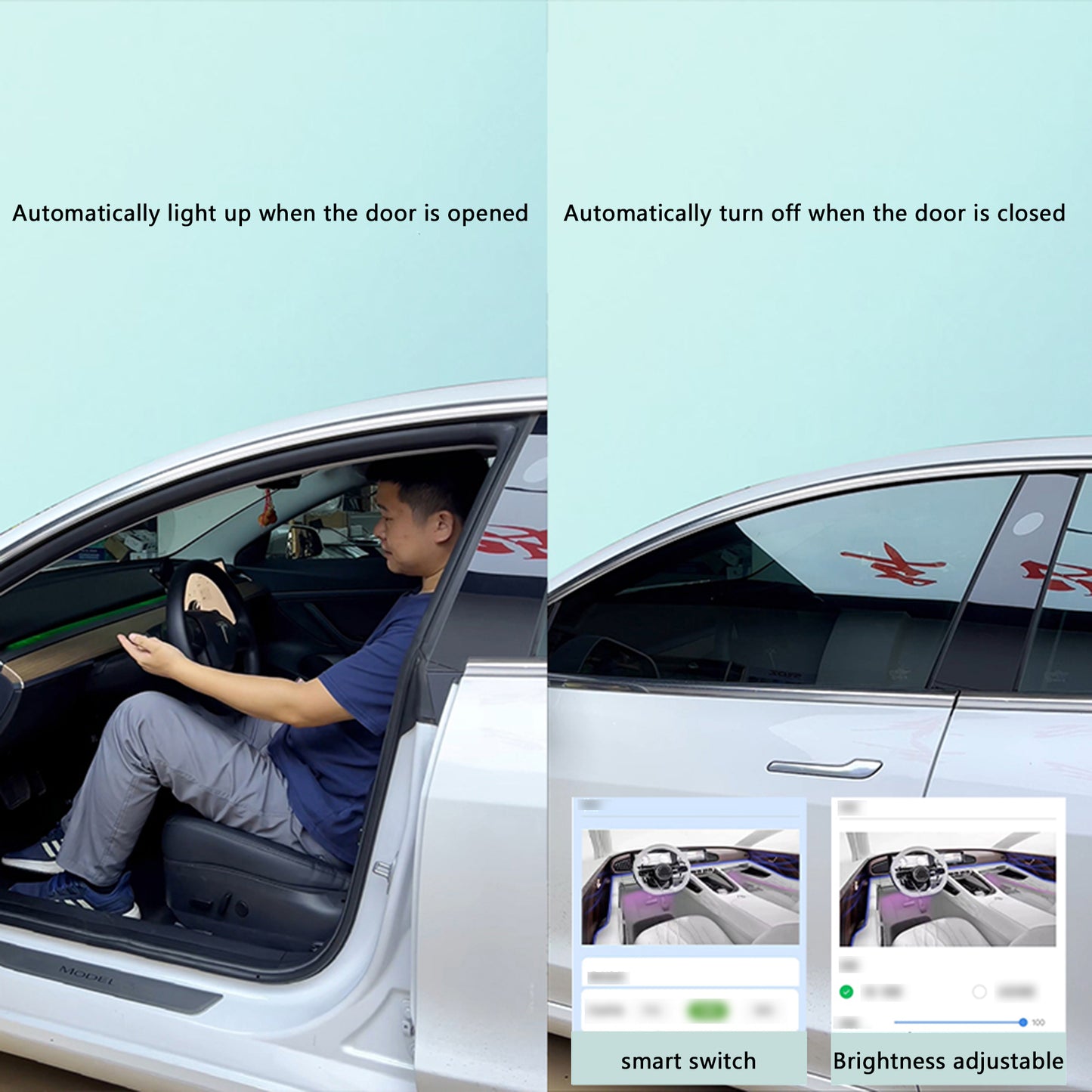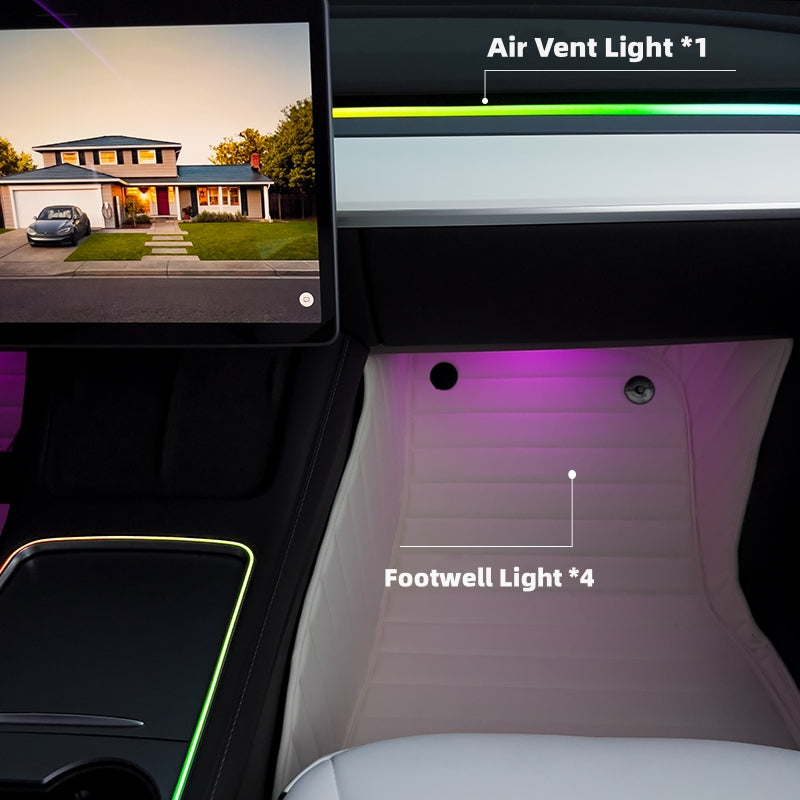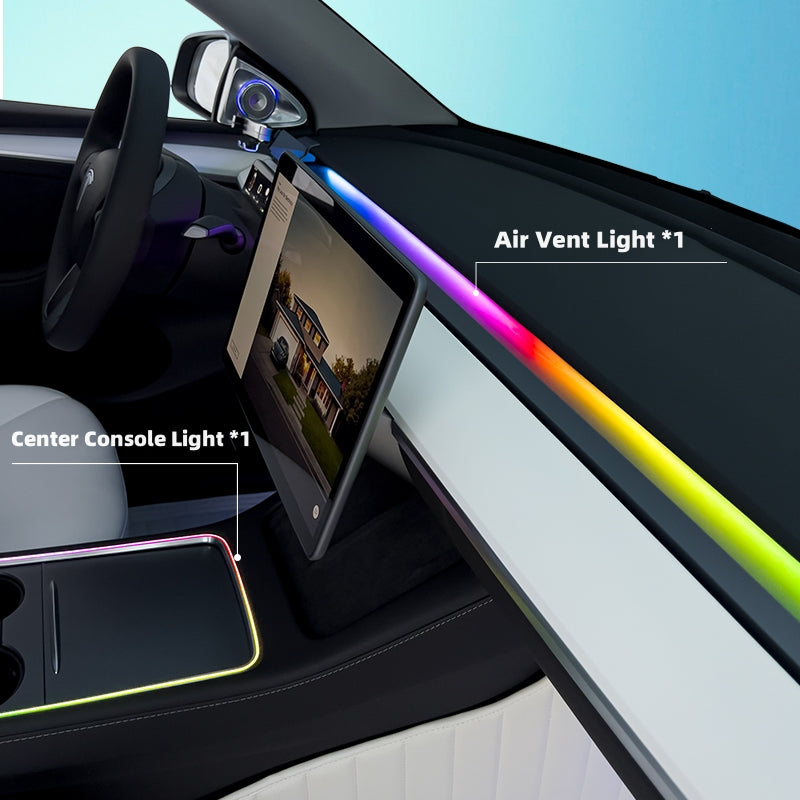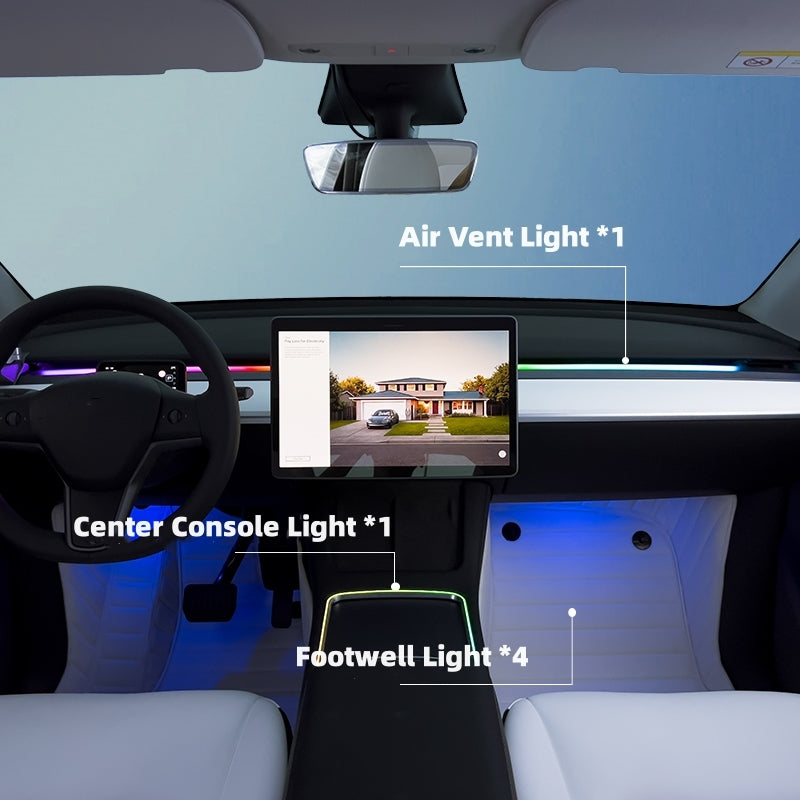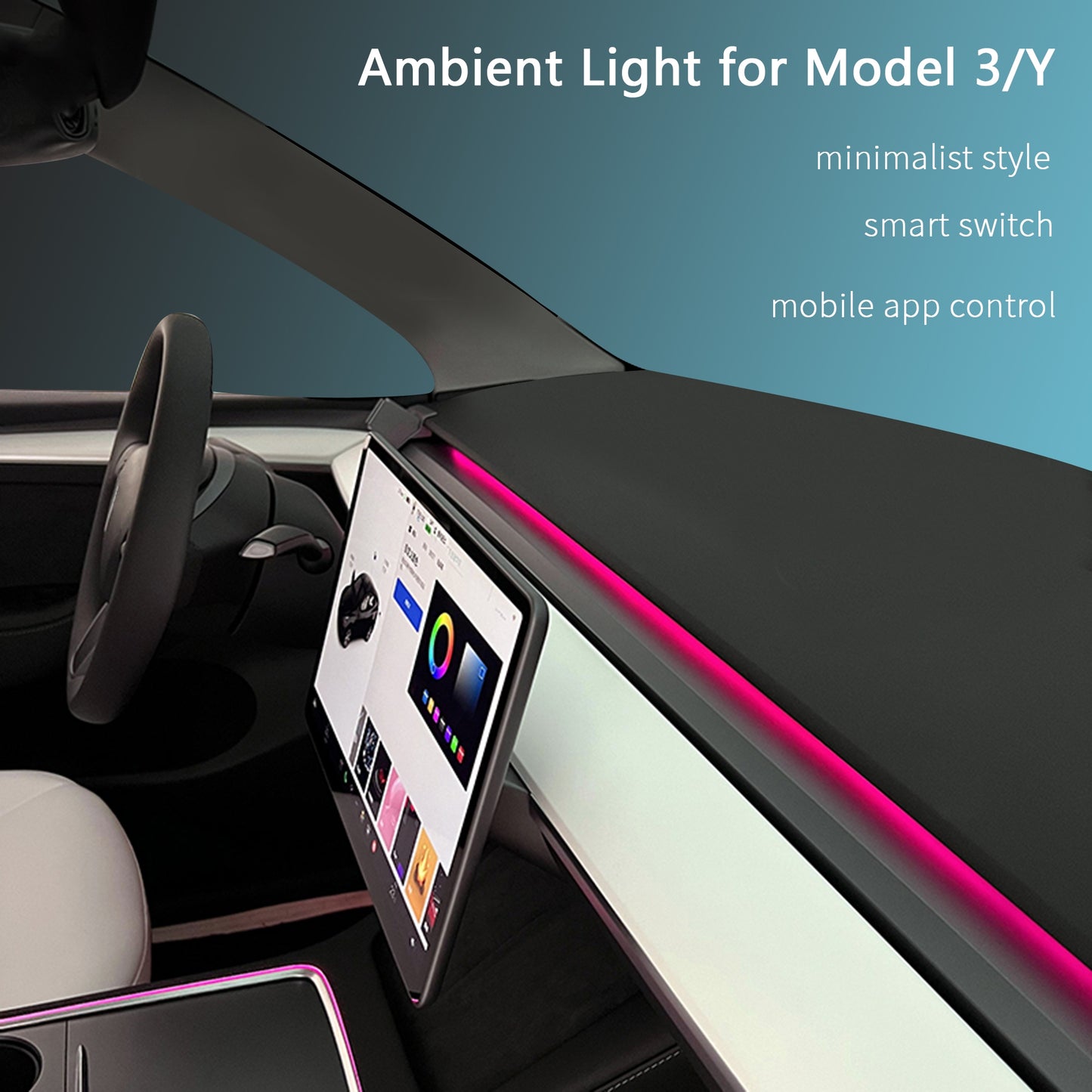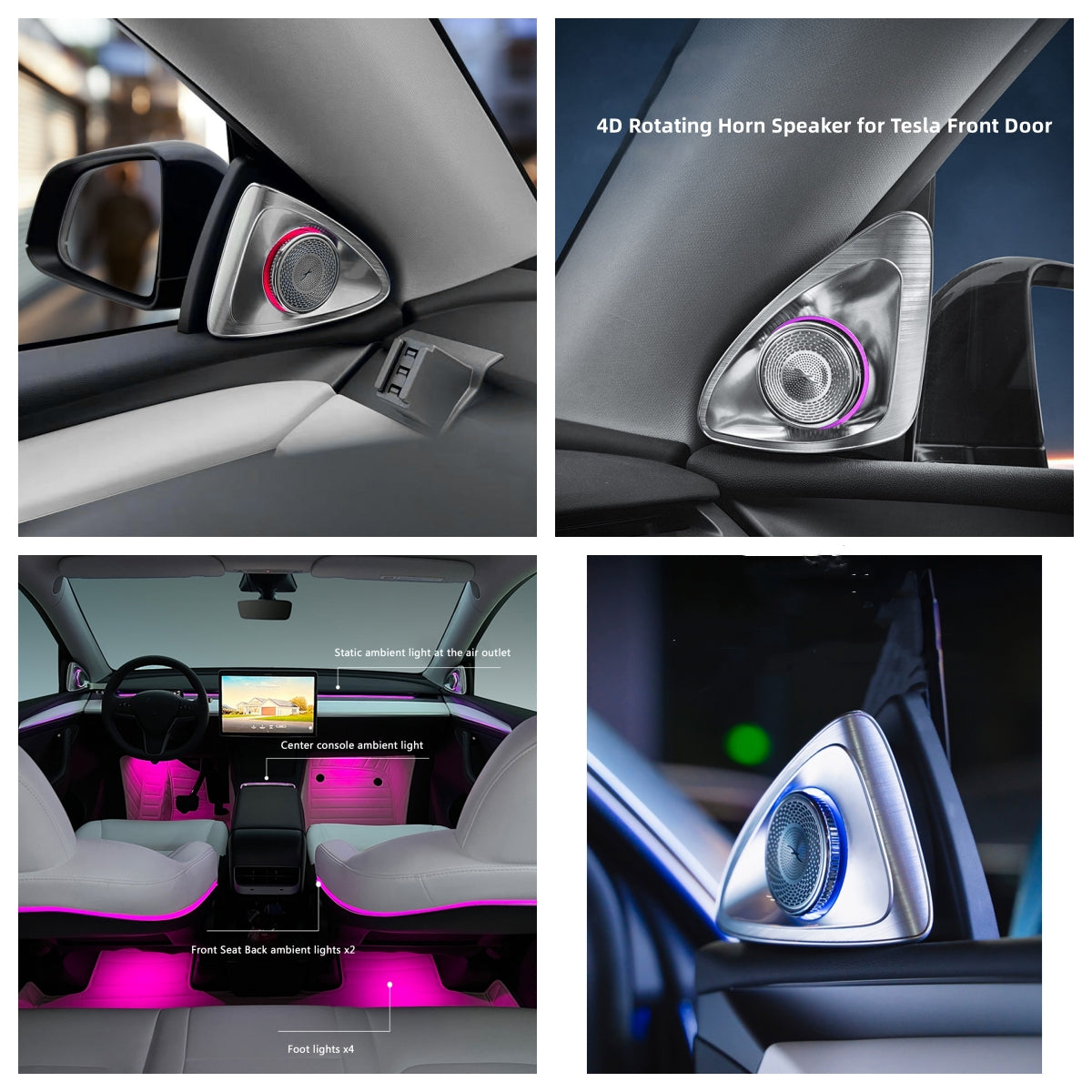
Tesla's FSD Hardware 4: Potential Yet to Be Unleashed; Ongoing HW3 Optimization
Tesla’s Full Self-Driving (FSD) system, powered by the recently rebranded AI4 (formerly Hardware 4), holds immense potential that has yet to be fully realized. Elon Musk’s recent comments on X (formerly Twitter) shed light on the current state of AI4 and the ongoing efforts to optimize Hardware 3 (HW3), which still dominates much of Tesla’s vehicle fleet.
AI4: The Promise of Enhanced Capabilities
AI4, Tesla’s cutting-edge hardware platform, currently operates in a mode that emulates HW3. This means that despite AI4’s superior specifications, it is not yet performing at its full potential. The hardware in AI4 boasts 4-5 times the resolution and overall fidelity compared to HW3, with an expected 3-5 times increase in inference speed. These enhancements represent a significant leap over the capabilities of HW3.
With the release of FSD 12.5, AI4 is running a model that features a 5x increase in parameters, leading to a noticeably smoother driving experience. Musk has hinted that AI4’s potential could further expand, supporting an additional 8x increase in parameters. While the exact relationship between parameters and inference capabilities remains somewhat unclear, combining these metrics suggests a potential 12x improvement in AI4’s overall performance.
Musk’s remarks indicate that AI4 could eventually outperform HW3 by nearly 50 times, though this figure likely assumes significant software optimization and the eventual cessation of HW3 emulation. This shift would mark a major milestone for Tesla’s autonomous driving ambitions.
The Path to Divergence
The true divergence between AI4 and HW3 is not expected until early 2025. However, progress is on the horizon. Tesla’s new Supercomputer Cluster, designed to support AI4 alongside Nvidia GPUs, is set to come online soon. This development will enable Tesla to begin unlocking AI4’s full potential, although it may take some time before customers see these improvements reflected in their vehicles.
The Challenge of Supporting HW3
Despite the excitement surrounding AI4, Tesla faces the ongoing challenge of maintaining FSD functionality for vehicles equipped with HW3. Given that a large portion of Tesla’s fleet still relies on this hardware, and some of these vehicles are less than a year old, ensuring continued support is crucial.
Musk recently addressed concerns about FSD optimization for HW3, acknowledging delays in delivering the necessary updates. Initially, he estimated that it would take around 10 days to optimize FSD for HW3, but that deadline has passed. As of now, it’s been 15 days, and HW3 owners are becoming increasingly anxious about the delay and the possibility that their hardware may be reaching its limits.
The latest public version of FSD, 12.5.1.3, does not yet support HW3. Musk has assured customers that a new, unreleased version is in the works specifically for HW3, which should alleviate some of these concerns.
Looking Ahead
As Tesla continues to refine and optimize its FSD system, the road ahead for both AI4 and HW3 remains critical. AI4’s potential is vast, but realizing it will require careful balancing between advancing new technology and supporting existing hardware. Tesla’s ability to navigate these challenges will be key to maintaining customer satisfaction and advancing the future of autonomous driving.





